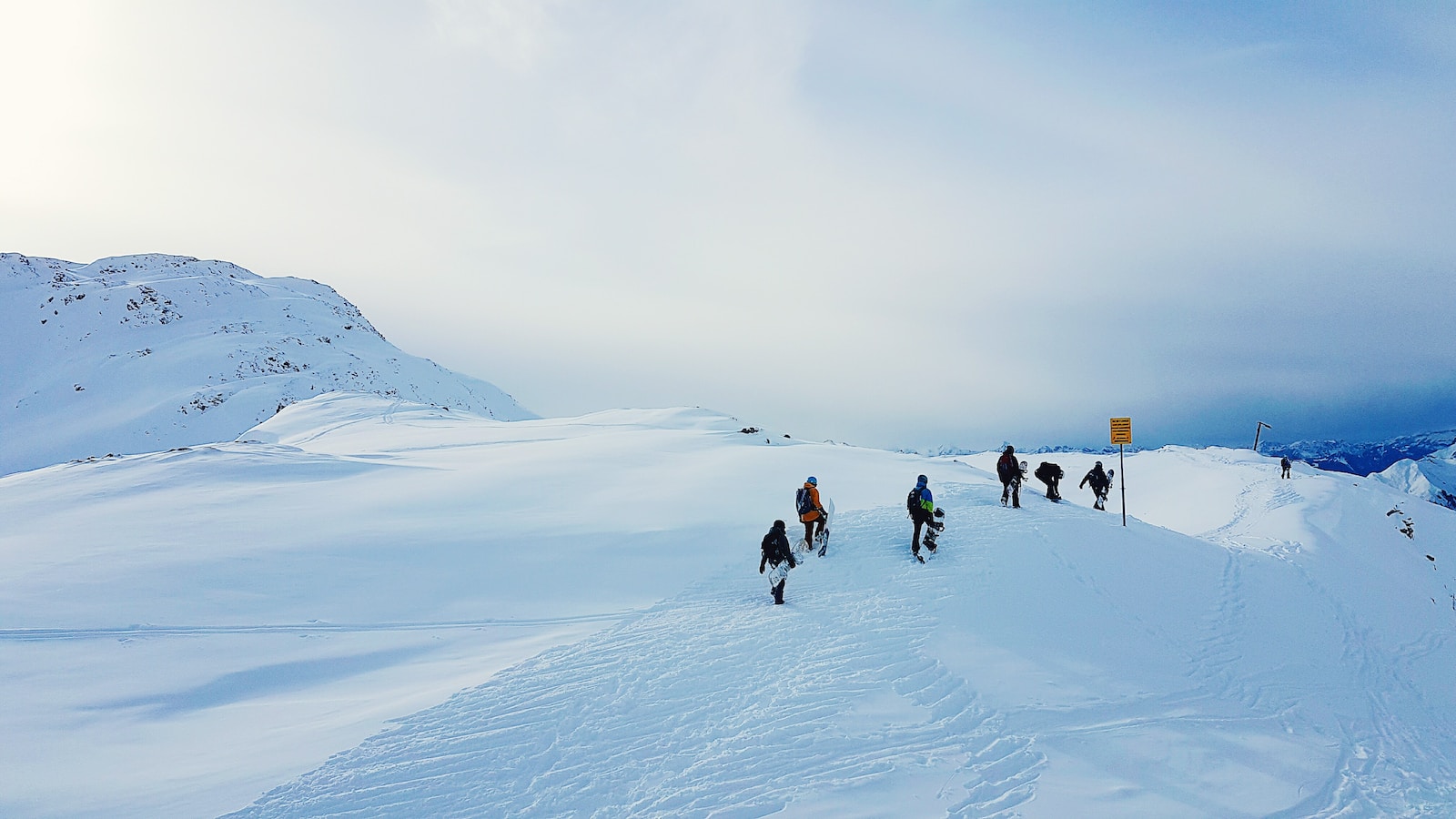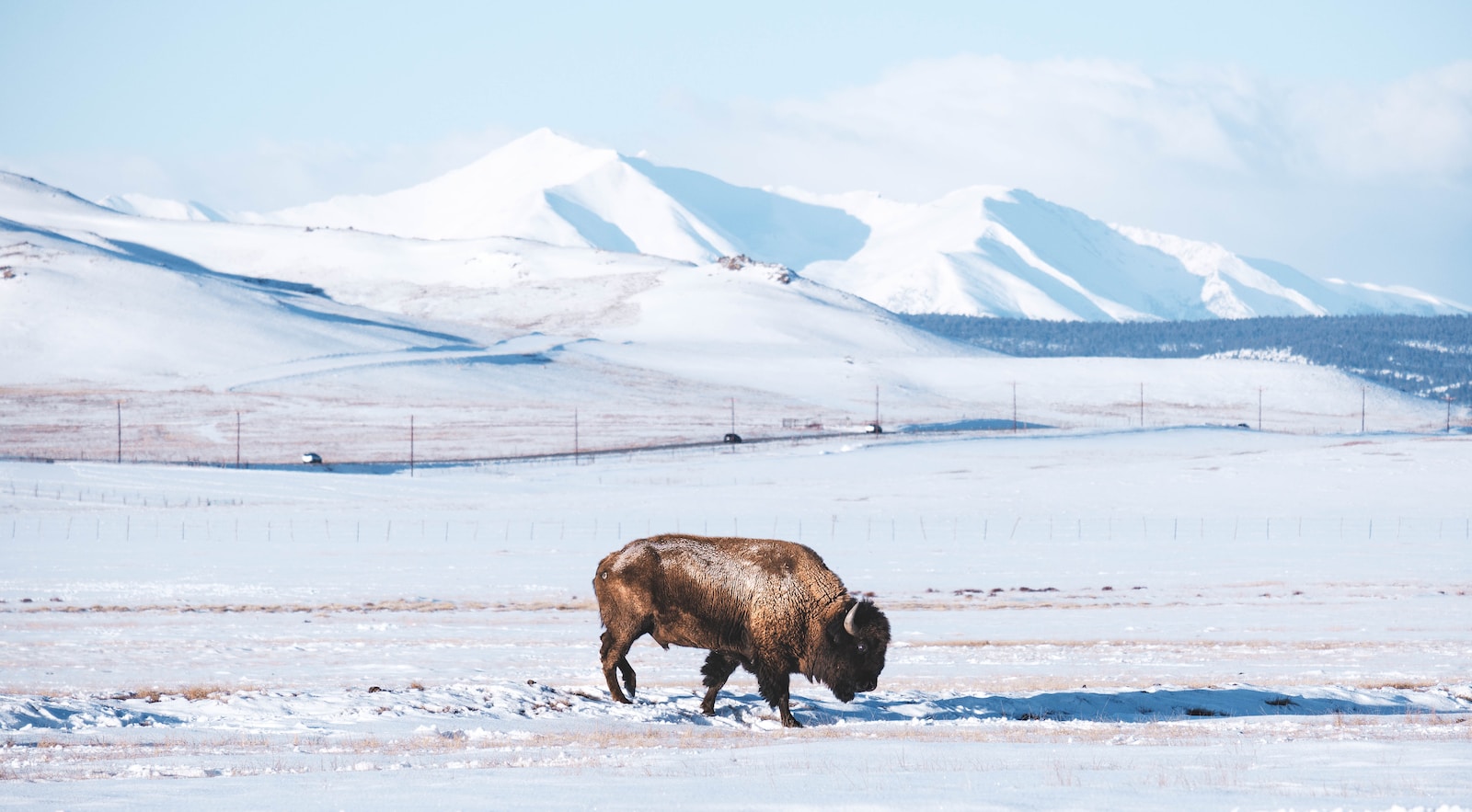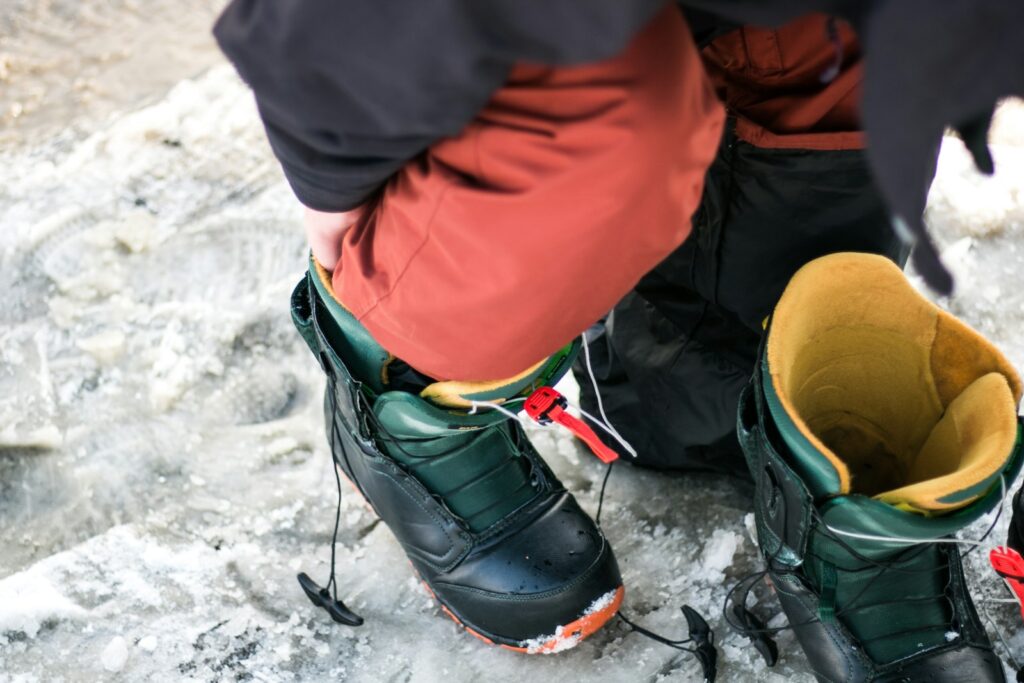
When it comes to snowboarding, having the right gear is essential for a successful and enjoyable experience on the slopes. While many people focus on finding the perfect snowboard and bindings, one often overlooked aspect is the fit of the snowboarding boots. Proper snowboarding boot fit is crucial for both performance and comfort. Ill-fitting boots can not only hinder your ability to ride effectively but can also lead to injuries. In this article, we will explore the importance of proper snowboarding boot fit, common problems caused by ill-fitting boots, how to determine your correct boot size, the different types of snowboarding boots, factors to consider when choosing boots, how to test the fit of your boots, tips for breaking in new boots, maintaining your boots for longevity, dealing with boot fit issues, and the benefits of a perfectly fitted boot.
The Importance of Proper Snowboarding Boot Fit
Proper snowboarding boot fit is crucial for both performance and comfort on the slopes. When your boots fit correctly, you have better control over your snowboard, allowing you to make precise movements and maneuvers. This is especially important for more advanced riders who engage in tricks and jumps. Ill-fitting boots can cause your feet to move around inside the boot, leading to a loss of control and stability. On the other hand, boots that are too tight can restrict movement and make it difficult to shift your weight properly.
In addition to performance, proper boot fit is essential for comfort. Snowboarding can be physically demanding, and spending a full day on the slopes with uncomfortable boots can quickly ruin the experience. Ill-fitting boots can cause blisters, foot pain, and pressure points, making it difficult to enjoy your time on the mountain. By ensuring your boots fit correctly, you can minimize discomfort and focus on enjoying the ride.
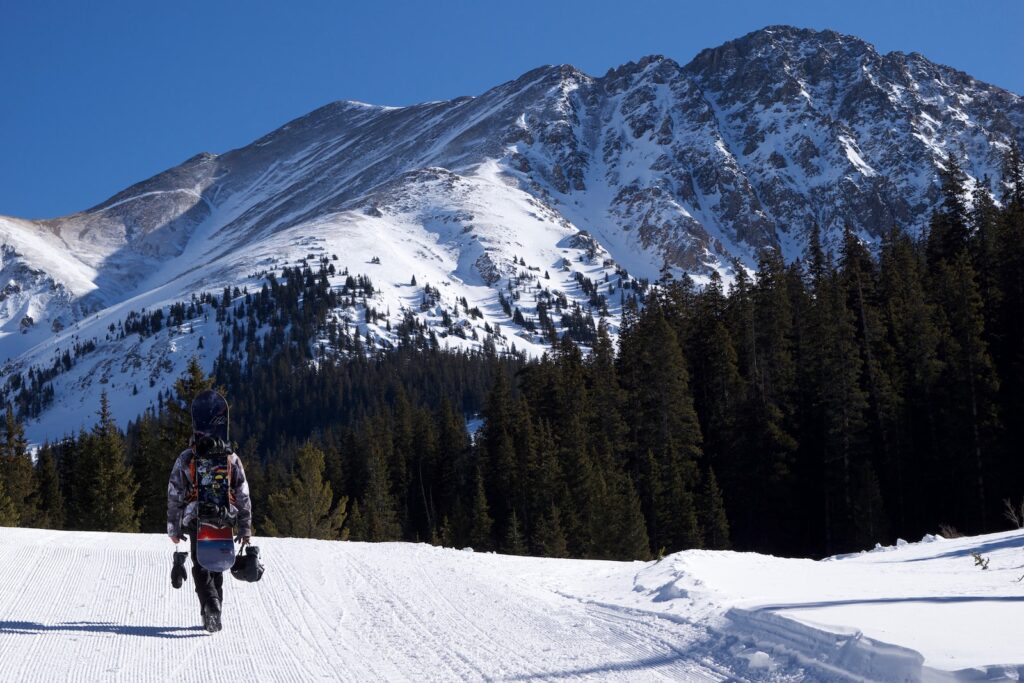
Common Problems Caused by Ill-Fitting Boots
Wearing ill-fitting boots can lead to a variety of problems that can negatively impact your snowboarding experience. One common issue is blisters. When your boots are too loose or too tight, friction can occur between your foot and the boot, leading to painful blisters. Blisters can make it difficult to continue riding and can take time to heal, causing you to miss out on valuable time on the slopes.
Another problem caused by ill-fitting boots is foot pain. Boots that are too tight can put excessive pressure on certain areas of your foot, leading to discomfort and pain. This can make it difficult to concentrate on your riding and can even lead to foot injuries. On the other hand, boots that are too loose can cause your foot to move around inside the boot, leading to foot fatigue and pain.
Poor control is another common issue caused by ill-fitting boots. When your boots don’t fit properly, it can be challenging to maintain control over your snowboard. This can lead to instability and difficulty executing turns and tricks. Having boots that fit correctly allows you to have better control over your snowboard, leading to a more enjoyable and successful ride.
How to Determine Your Correct Boot Size
Determining your correct boot size is the first step in finding boots that fit properly. To measure your foot, start by placing a piece of paper on the floor against a wall. Stand on the paper with your heel against the wall. Use a pen or pencil to mark the longest part of your foot on the paper. Measure the distance from the wall to the mark to determine your foot length.
Once you have your foot length, you can use a sizing chart provided by the boot manufacturer to determine your boot size. Keep in mind that different brands may have slightly different sizing, so it’s essential to refer to the specific brand’s sizing chart. It’s also important to note that snowboarding boots are typically sized in men’s sizes, so women may need to convert their size accordingly.
While measuring your foot can give you a general idea of your size, it’s crucial to try on boots in person before making a purchase. Different brands and models can fit differently, so it’s essential to try on multiple pairs to find the best fit for your foot shape.
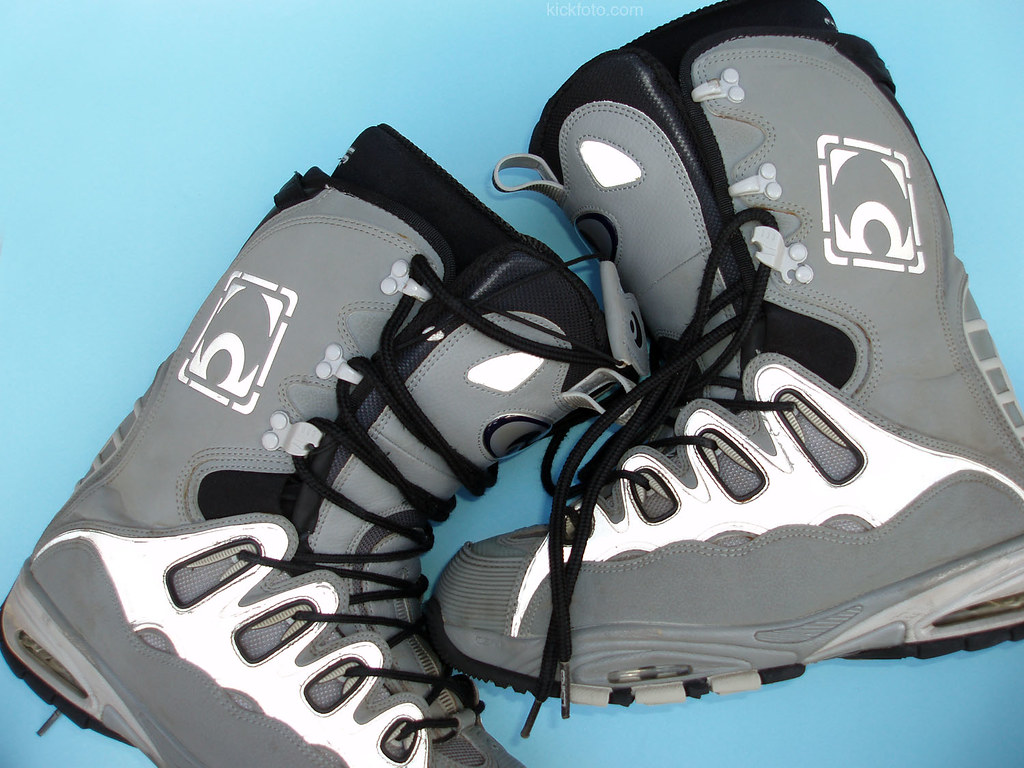
The Different Types of Snowboarding Boots
Snowboarding boots come in different flex ratings, ranging from soft to medium to stiff. Soft boots are more flexible and forgiving, making them ideal for beginners and freestyle riders who prioritize comfort and maneuverability. Medium boots offer a balance between flexibility and support, making them suitable for all-mountain riders who want versatility. Stiff boots provide maximum support and responsiveness, making them ideal for aggressive riders who prioritize control and precision.
The type of boot you choose depends on your riding style and preferences. If you’re a beginner or prefer a more relaxed riding experience, a soft boot may be the best choice. If you’re an experienced rider who enjoys a mix of freestyle and all-mountain riding, a medium boot may be the most suitable. If you’re an advanced rider who enjoys aggressive riding and high-speed descents, a stiff boot may be the best option.
Factors to Consider When Choosing Boots
When choosing snowboarding boots, there are several factors to consider to ensure you find the right fit for your needs. One important factor is your riding style. If you primarily engage in freestyle riding and spend a lot of time in the terrain park, you may want to prioritize comfort and flexibility. If you enjoy all-mountain riding and want versatility, a medium boot may be the best choice. If you’re an aggressive rider who enjoys high-speed descents and challenging terrain, a stiff boot may be the most suitable.
Another factor to consider is your foot shape. Different brands and models of boots may have different foot shapes, so it’s important to find a boot that matches the shape of your foot. Some boots may be better suited for narrow feet, while others may be better suited for wider feet. Trying on boots in person and paying attention to how they fit your foot shape is crucial for finding the right fit.
Budget is another factor to consider when choosing boots. Snowboarding boots can vary in price, with higher-end models typically offering more advanced features and materials. It’s important to set a budget and prioritize the features that are most important to you. While it can be tempting to splurge on the most expensive boots, it’s essential to find a balance between price and performance.
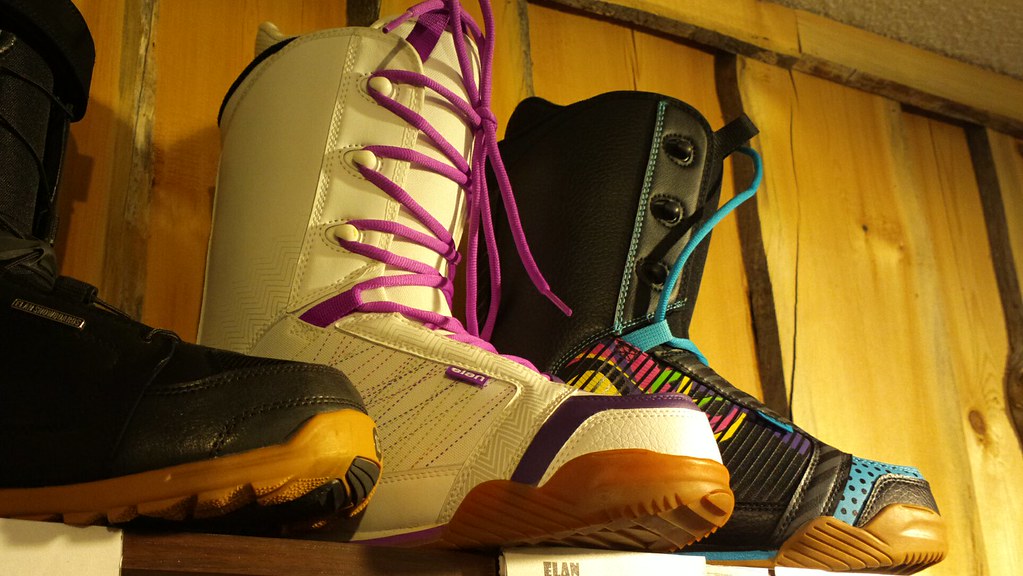
How to Test the Fit of Your Boots
When trying on snowboarding boots, there are several things to consider to ensure a proper fit. First, make sure your toes are not touching the front of the boot when standing upright. You should have a small amount of space, about the width of your thumbnail, between your toes and the front of the boot. This allows room for your toes to move and prevents them from getting cramped.
Next, check the fit around your ankle and heel. Your heel should be securely locked in place, with minimal movement. If your heel lifts up when walking or flexing your ankle, the boots may be too big. On the other hand, if you feel excessive pressure or discomfort around your ankle, the boots may be too tight.
It’s also important to pay attention to any pressure points or discomfort. Walk around in the boots and flex your ankles to see how they feel. If you notice any areas of discomfort or pressure, it’s a sign that the boots may not be the right fit for your foot shape. It’s important to find boots that are comfortable and don’t cause any pain or discomfort.
Tips for Breaking in Your New Boots
Breaking in new snowboarding boots is essential to ensure a comfortable fit on the slopes. It’s important to break in your boots gradually to avoid discomfort and blisters. Start by wearing your boots around the house for short periods of time, gradually increasing the duration each day. This allows your feet to adjust to the boots and helps to soften the materials.
Once you feel comfortable wearing your boots around the house, you can start wearing them for short periods of time on the slopes. It’s important to listen to your body and take breaks if you start to feel discomfort or pain. Over time, your boots will mold to the shape of your feet and become more comfortable.
It’s also a good idea to wear your snowboarding socks when breaking in your boots. Snowboarding socks are designed to provide cushioning and moisture-wicking properties, which can help prevent blisters and keep your feet comfortable. Wearing your socks during the breaking-in process allows your boots to adjust to the thickness of the socks you will be wearing while snowboarding.

Maintaining Your Boots for Longevity
Properly caring for your snowboarding boots is essential for their longevity and performance. After each use, it’s important to remove any dirt or debris from the boots. Use a soft brush or cloth to gently wipe away any dirt or snow. This helps to prevent the build-up of dirt and grime, which can affect the performance and lifespan of your boots.
It’s also important to dry your boots thoroughly after each use. Moisture can lead to mold and mildew, which can damage the materials of your boots. Remove the liners from the boots and allow them to air dry in a well-ventilated area. Avoid placing them near direct heat sources, as this can cause the materials to warp or shrink.
During the off-season, it’s important to store your boots properly to maintain their shape and condition. Keep them in a cool, dry place away from direct sunlight. It’s also a good idea to stuff the boots with newspaper or boot shapers to help maintain their shape. Avoid storing them in plastic bags, as this can trap moisture and lead to mold and mildew.
How to Deal with Boot Fit Issues
Even with proper care and maintenance, boot fit issues can still arise. It’s important to address these issues promptly to prevent discomfort and potential injuries. One common fit issue is pressure points. If you notice any areas of discomfort or pressure, you can try using boot stretchers or heat molding to alleviate the problem. Boot stretchers can help to widen specific areas of the boot, while heat molding can help to mold the boot to the shape of your foot.
If your boots are too loose, you can try using thicker socks or adding insoles to fill up the extra space. This can help to provide a more secure fit and prevent your foot from moving around inside the boot. If these solutions don’t work, it may be time to consider replacing your boots with a better-fitting pair.
The Benefits of a Perfectly Fitted Boot
Having a perfectly fitted snowboarding boot offers numerous benefits. First and foremost, it enhances your performance on the slopes. With a properly fitting boot, you have better control over your snowboard, allowing you to make precise movements and maneuvers. This can improve your overall riding experience and help you progress as a snowboarder.
A perfectly fitted boot also enhances comfort. Spending a full day on the slopes with uncomfortable boots can quickly ruin the experience. By ensuring your boots fit correctly, you can minimize discomfort and focus on enjoying the ride. This can make a significant difference in your overall enjoyment of snowboarding.
In addition to performance and comfort, a perfectly fitted boot can also help prevent injuries. Ill-fitting boots can lead to blisters, foot pain, and poor control, all of which can increase the risk of accidents and injuries. By prioritizing proper boot fit, you can reduce the likelihood of these issues and keep yourself safe on the slopes.
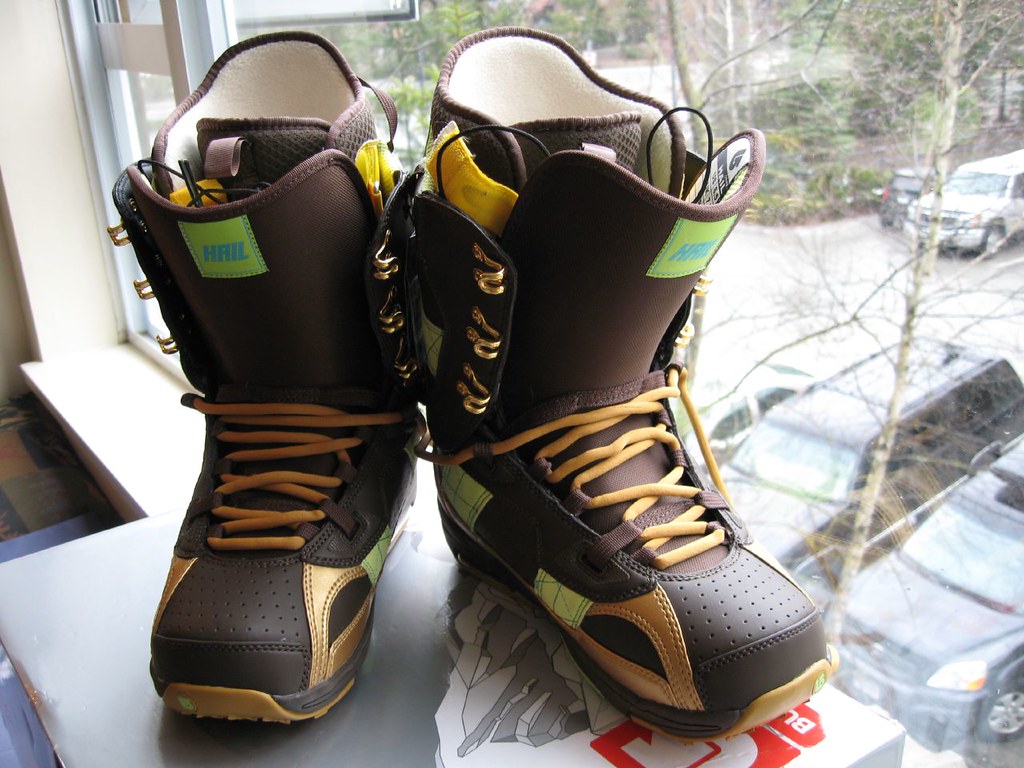
Conclusion
Proper snowboarding boot fit is essential for both performance and comfort on the slopes. Ill-fitting boots can hinder your ability to ride effectively and can lead to injuries. By taking the time to find boots that fit correctly, you can enhance your performance, improve your comfort, and reduce the risk of injuries. It’s important to measure your foot and try on boots in person to ensure the best fit. Consider factors such as riding style, foot shape, and budget when choosing boots. Test the fit of your boots in the store and make any necessary adjustments. Break in your new boots gradually and maintain them properly for longevity. Address any fit issues promptly and consider replacing your boots if necessary. By prioritizing proper boot fit, you can have a more enjoyable and successful snowboarding experience.

